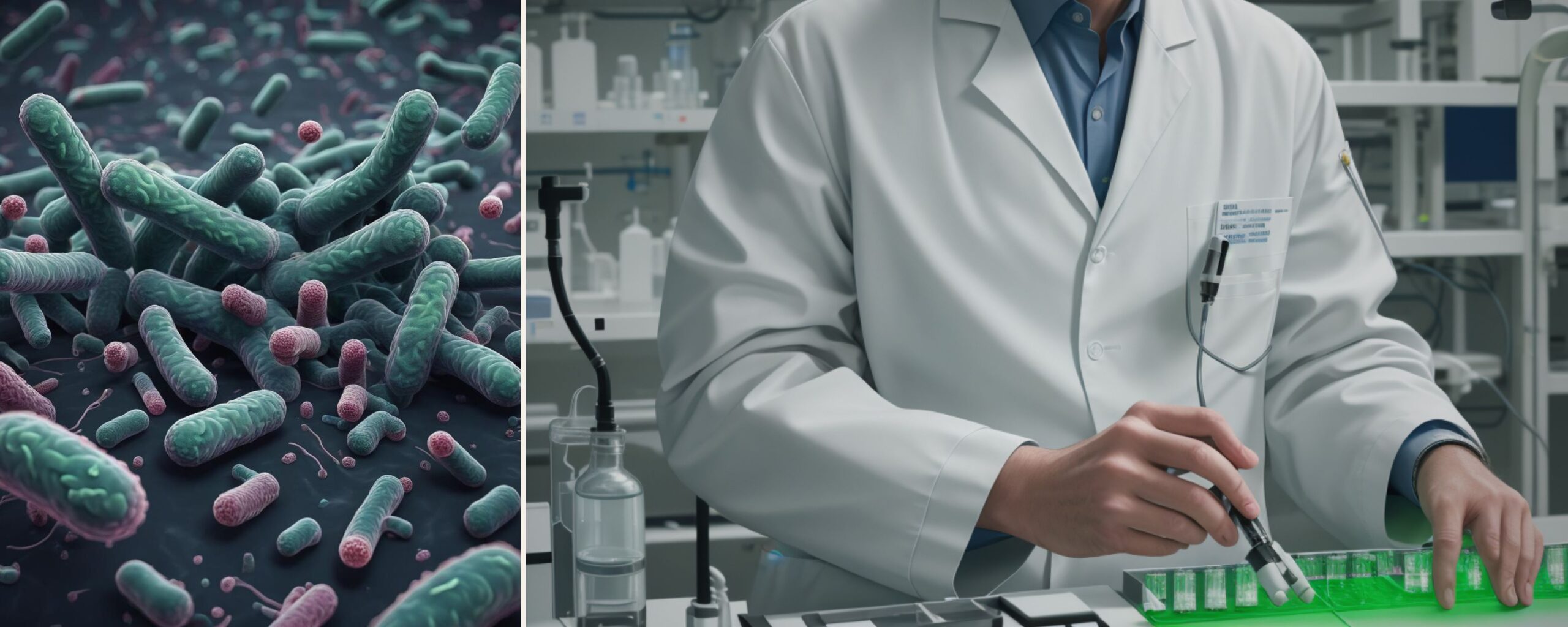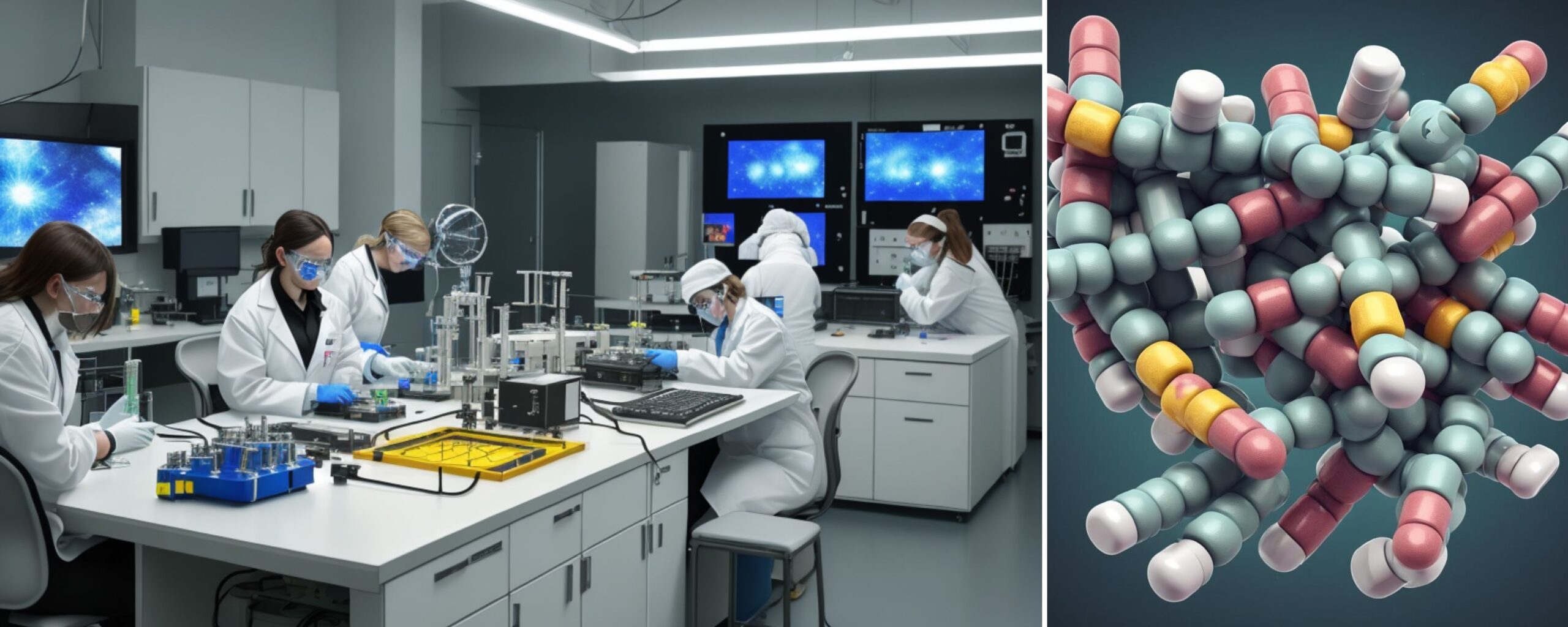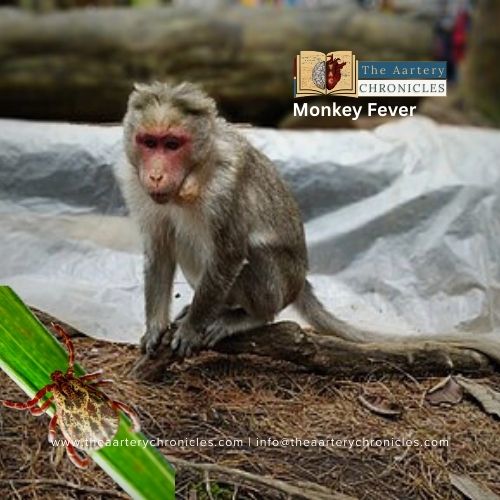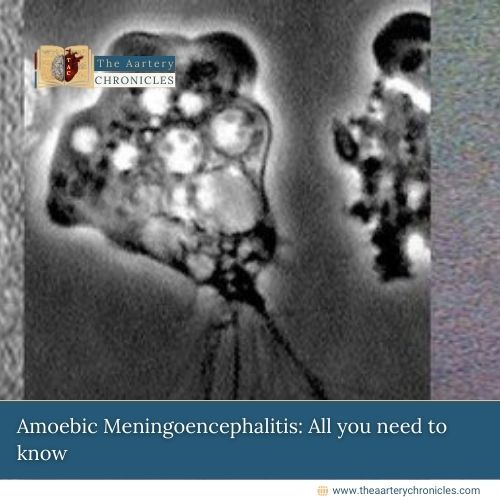
From Penicillin to MSRA: A Journey Through the History of Antibiotics
Antibiotics, a cornerstone of modern medicine, have revolutionized modern medicine, offering a potent weapon against bacterial infections and saving countless lives since their discovery. From ancient remedies to cutting-edge pharmaceuticals, the evolution of antibiotics has reshaped the landscape of healthcare. The history of antibiotics is a captivating saga of scientific discovery, serendipitous encounters, and groundbreaking innovations that have revolutionized the way we combat bacterial infections.
Let’s embark on a journey through time where we peel back the layers of the fascinating narrative to uncover the origins, evolution, and enduring impact of these remarkable drugs.
Pre-20th Century: Instances of mould being used as an antibiotic in folk medicine
500 BC: Ancient civilizations in China documented the use of moldy soybean curd for treating carbuncles and furuncles. These curds harbored naturally occurring antibiotics produced by the mold, which effectively eradicated bacteria and hindered the infection from spreading.
460 BC: Hippocrates describes the use of mouldy barley to treat infected wounds, recognizing the therapeutic potential of certain natural substances against infections.
Ukrainian peasants turned to moldy cheese as a remedy for infected wounds, while South American Indians incorporated furry, mould-covered sandals to treat foot infections. In Europe, quinine extracted from the bark of the cinchona tree was employed to fight malaria stemming from the Plasmodium spp. parasite. [1, 2, 3]

The Dawn of Modern Microbiology
- 1867: Joseph Lister pioneered antiseptic surgery by introducing carbolic acid (phenol) as a disinfectant to reduce surgical infections.
- Late 19th century: Louis Pasteur laid the foundations of microbiology and germ theory, which established the groundwork for comprehending infectious diseases and the role of microorganisms. In the late 1800s, Pasteur initially elucidated the scientific principles behind fermentation. His germ theory hypothesis demonstrated the presence of microorganisms and their impact on fermentation. [3, 4]
The Discovery of Penicillin
- 1928: Alexander Fleming serendipitously discovered penicillin while studying Staphylococcus bacteria at St. Mary’s Hospital in London. Fleming observed that a mold contaminating his petri dishes inhibited bacterial growth, leading to the isolation and identification of Penicillium notatum.
- 1940: Howard Florey and Ernst Chain, along with their team, successfully purified penicillin and demonstrated its efficacy in treating bacterial infections, marking the beginning of the antibiotic era. [5, 6]
Florey, Chain, and Fleming were awarded the Nobel Prize in Physiology or Medicine in 1945 for their groundbreaking contributions.
The Golden Age of Antibiotics
The “golden era” of antibiotics, spanning roughly from the mid-20th century to the late 20th century, saw the discovery and development of numerous groundbreaking antibiotics. Some of the most notable antibiotics discovered during this time include:
- 1942: Mass production of penicillin began during World War II, saving countless lives among wounded soldiers and revolutionizing medicine.
- 1943: Selman Waksman and Albert Schatz discovered streptomycin, the first antibiotic effective against tuberculosis, ushering in a new era in the treatment of infectious diseases.
- 1947: Chloramphenicol was the first broad-spectrum antibiotic approved by the FDA, renowned for its exceptional fluid and tissue permeability.
- 1948: Chlortetracycline, introduced in 1948, was the pioneering member of the broad-spectrum tetracycline antibiotic class.

- 1953: Vancomycin, isolated in 1953, is a potent antibiotic primarily used against Gram-positive bacteria, including methicillin-resistant Staphylococcus aureus (MRSA).
- 1959: Beecham developed methicillin, the initial penicillinase-resistant β-lactam antibiotic. The introduction of ampicillin in 1961 enhanced penicillin’s spectrum of activity and pharmacokinetics.
- 1960-1970: During the 1960s, cephalosporins began to emerge, and their development led to their classification into three generations based on their spectrum of activity. The antipseudomonal third-generation cephalosporin, ceftazidime, was introduced in the late 1970s.
- In 1976: bacterial β-lactamase inhibitors were initially discovered as a by-product of cultures from Streptomyces clavuligerus. These led to the development of clavulanic acid, which was later combined with amoxicillin to create co-amoxiclav, and thienamycin, which served as the precursor for carbapenems. [7, 8, 9]
The Emergence of Antibiotic Resistance
1940 onwards: The widespread use and misuse of antibiotics led to the emergence of antibiotic-resistant bacteria, highlighting the need for responsible antibiotic stewardship and the development of new therapeutic strategies.
In efforts to combat penicillin-resistant strains, scientists created methicillin, an alternative antibiotic within the penicillin family effective against resistance. However, bacterial strains swiftly developed resistance to methicillin as well, leading to the emergence of MRSA (methicillin-resistant Staphylococcus aureus), also known as S. aureus. Presently, MRSA has developed resistance to a wide array of antibiotics, resulting in prevalent infections within hospital settings. This has positioned MRSA as a prominent example of multidrug-resistant (MDR) bacteria. [10]
The rise of multidrug-resistant pathogens poses a growing threat to public health, necessitating continued research into alternative treatment options and the development of new antibiotics.
Present Challenges and Future Concerns
Antibiotic resistance remains a pressing global health concern, prompting renewed efforts to combat resistance through antimicrobial stewardship, infection prevention, and the development of novel antibiotics. Innovations such as phage therapy, immunotherapy, and precision medicine offer promising avenues for addressing antibiotic-resistant infections and shaping the future of infectious disease treatment.
Conclusion
The history and evolution of antibiotics reflect humanity’s enduring quest to conquer infectious diseases and improve public health. From ancient remedies to modern pharmaceuticals, the journey of antibiotics has been marked by remarkable discoveries, challenges, and opportunities. As we confront the growing threat of antibiotic resistance, let us draw inspiration from the past and forge ahead with renewed determination to safeguard the effectiveness of antibiotics for generations to come.
- Coming full circle: From antibiotics to probiotics and prebiotics - PMC (nih.gov)
- History of Antibiotics (umd.edu)
- Ancient biotechnology — Science Learning Hub
- Joseph Lister (1827-1912): A Pioneer of Antiseptic Surgery - PMC (nih.gov)
- The Discovery of Penicillin—New Insights After More Than 75 Years of Clinical Use - Volume 23, Number 5—May 2017 - Emerging Infectious Diseases journal - CDC
- Howard Walter Florey and Ernst Boris Chain | Science History Institute
- Antibiotic Discovery: Where Have We Come from, Where Do We Go? - PMC (nih.gov)
- Antibiotics: from prehistory to the present day | Journal of Antimicrobial Chemotherapy | Oxford Academic (oup.com)
- Penicillin Production through Deep-tank Fermentation - National Historic Chemical Landmark - American Chemical Society (acs.org)
- Antibiotics and antimicrobial resistance – a timeline — Science Learning Hub










